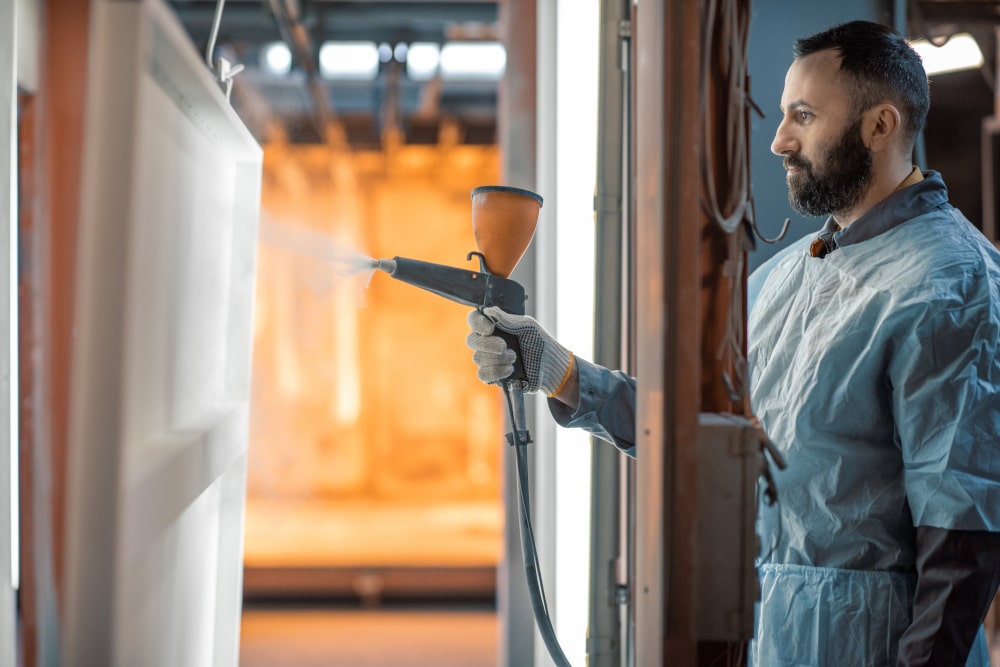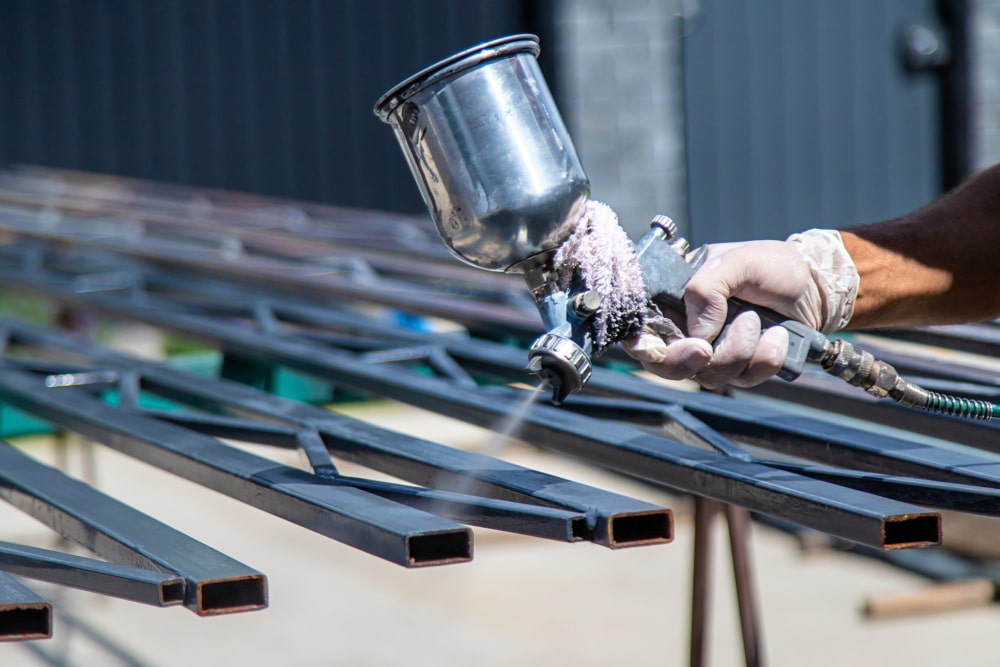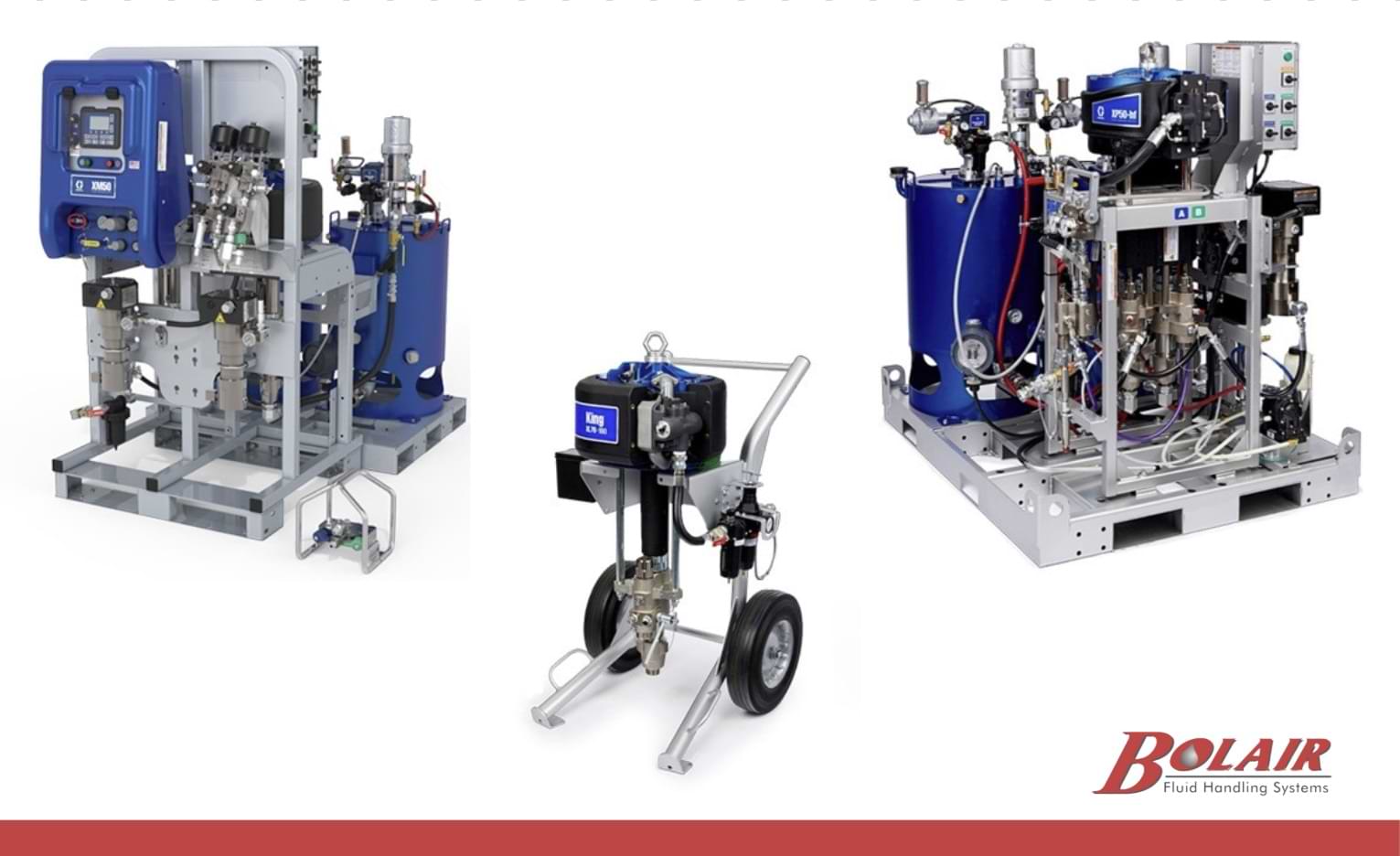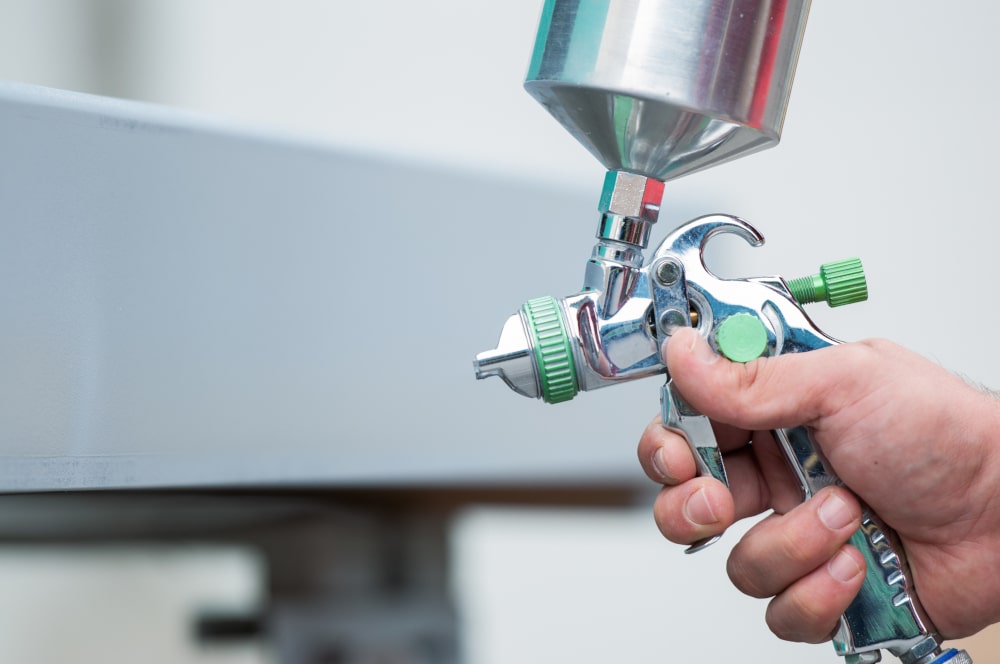For over three decades, polyurea has been an effective coating option that has various benefits. At the moment, it is considered one of the most versatile spray coatings because it has a wide range of use cases across industries.
If you want to know more about the exact benefits of polyurea spray coatings, how they are applied, where they are used, and how they compare to other alternatives, keep on reading this article for the answers.
What is Polyurea?
Polyurea is a polymer material that is used to make coatings and linings. Polyurea is the foundation of most coating and lining products that provide corrosion and abrasion resistance. It is commonly used in corrosion prevention due to its:
- Extremely fast setting time
- Resistance to atmospheric or surrounding attack
- High elongation, and
- Durability
It is used in corrosion-prevention coatings in industries such as construction, automotive, and manufacturing or processing.
Polyurea comes in two different types, which are aliphatic polyurea and aromatic polyurea. The main difference between aliphatic polyurea and aromatic polyurea is that aromatic polyurea is very sensitive to ultraviolet (UV) light.
Sun rays or artificial UV light can deteriorate the physical properties of aromatic polyurea and cause change in colour like chalking and darkening. Aromatic polyurea’s biggest advantage is that it is a low-cost option, but it is not suitable as a top coat. However, it can be used as a base coat.
Aliphatic polyurea can withstand colour change caused by sun exposure and retain its unique properties even when exposed to UV rays. It is recommended for outdoor applications since it has a glossy appearance that improves aesthetics and could be used at lower thicknesses. However, because of the complex processing involved, it is more expensive than aromatic polyureas.
What is Airless Spraying?
Polyurea can be applied in multiple ways, such as spraying, brushing, rolling, extrusion, and troweling. However, polyurea spray coatings are easier and quicker to apply, and airless spraying is often used. But what is airless spraying?
Airless spraying is a method that facilitates the process of applying different types of coatings, including polyurea, as well. Airless spraying is done through the use of an airless sprayer, which pumps the polyurea under very high pressure, approximately 3000 psi, through a specialized hose into a small hole in the sprayer's nozzle.
Airless spraying is a popular method of applying different coatings because the result is a seamless and even finish that can endure wear and corrosion effects.
To apply polyurea spray coatings, you need special polyurea spray equipment. Polyurea spray machines and polyurea spray rigs are used for pumping the polyurea at very high pressure, but polyurea spray guns which are connected to them are responsible for applying the coatings.
Benefits of Polyurea Spray Technology for Industry
Polyurea spray coatings have multiple benefits, such as:
- High strength against wear, tear, and scratches
- Good chemical resistance
- Water protection qualities
- Aesthetics
- Fast setting
- Excellent corrosion protection
- Can be applied on most surfaces
- Great durability
All those qualities make polyurea spray coatings one of the best options among similar products for multiple industries.
Because polyurea spray coatings can offer very good aesthetics, such as matte or glossy finishes, it is usually used in the construction industry for protecting concrete floors, walls, or even roofs against water damage. It can be used as a base coat underneath other materials for water protection only, but it can be also used as a top coat because it can offer great aesthetics and has great scratch resistance as well.
The automotive industry uses polyurea spray coatings because they have great corrosion protection and also offer very good impact resistance and other mechanical properties.
Polyurea spray coatings are used to protect mining machinery from abrasion. This is done by lining the dumpers used for carrying abrasive materials such as coal, rocks, and metallic ores.
A very important application of polyurea spray coatings is protecting steel and concrete bridges. Polyurea coatings can prevent crackings and deterioration of the concrete and avoid its collapse. Polyurea coatings are also used for preventing the corrosion of steel and other metals. These protection methods are necessary for ensuring the longevity and safety of the bridges.
Because of its abrasion, scratch, and cracking resistance polyurea spray coatings are commonly used in hospitals to cover walls, floors, and ceilings. This is necessary because these environments should always be sterile, and cracks or scratches that might appear as a result of frequent scrubbing represent optimal conditions for the spreading of bacteria.
Is Polyurea the same as Epoxy and Polyurethane?
In short, polyurea is not the same as epoxy and polyurethane. Of course, epoxy and polyurethane have some similar qualities as polyurea, but they can not replace polyurea in most situations.
Epoxy coatings can be deteriorated by direct sun rays and UV light exposure, and that applies to aromatic polyurea as well. However, aliphatic polyurea is the best option for outdoor items because it is not affected by UV light in any way. Eppoxy coatings are a cost-effective option in some cases of indoor coatings, such as coating kitchen, bathroom, and living space floors.
Polyurethane coating is also a good alternative to polyurea coating because they share some qualities, such as chemical resistance, protection against scratching and cracking, and aesthetics. Plus, it is a more budget-friendly option. However, it is sensitive to moisture, and it should not be exposed to direct UV light because they make polyurethane coatings break down and degrade. In such situations, it is necessary to replace the coating. Although it is a cheaper option, it is not as durable as polyurea.
What Application Methods are Best for Polyurea?
Polyurea is used in multiple ways, and every way should have its application method. As you have read previously, polyurea can be applied through spraying, brushing, rolling, extrusion, and troweling.
Spraying
Spraying is one of the most common methods of applying polyurea coatings on large surfaces. Before applying a polyurea spray coating, surface preparation has to be done. This includes removing all the dirt, dust, and oily contaminants. Having a clean, dry surface is essential for ensuring strong coating adhesion and durability.
The next step after cleaning the surface is mixing the polyurea fluid. To ensure a desirable flow of fluid inside the machine and a smooth thickness of the surface, a lower viscosity coating should be prepared.
Finally, it is time for spraying the polyurea coating. There are three ways to spray a polyurea coating, and they are high-pressure hot spraying, warm spraying, and low-pressure cold spraying.
High-pressure hot spraying
High pressure heated spraying is an excellent choice for applying large amounts of polyurea in high-volume applications. The coatings must be prepared to have very low viscosity, which ensures good flow behavior for spraying and final adhesion. Polyurea spray coating machines used for this technique have to be capable of maintaining temperatures of up to 80°C and pressures of up to 210 bar.
Warm spraying
Warm spraying is typically used for medium size projects. It manages to combine the cost efficiency of lower-price equipment with the safety of lower-pressure spraying, but it requires a low viscosity polyurea fluid. Warm spraying is typically done at temperatures less than 60°C.
Low-pressure cold spraying
Cold spraying is another effective application method, which is usually used for small to medium size surfaces. Because this process takes place in ambient temperatures, low viscosity is very important for this method to achieve greater flow properties.
Other methods
The other methods, which are brushing, rolling, extrusion, and troweling are used for coating small surfaces, such as a single floor, where it does not make sense to use spraying. With these methods, you can have the same results as applying a spray coating.








Validate your login
Sign In
Create New Account